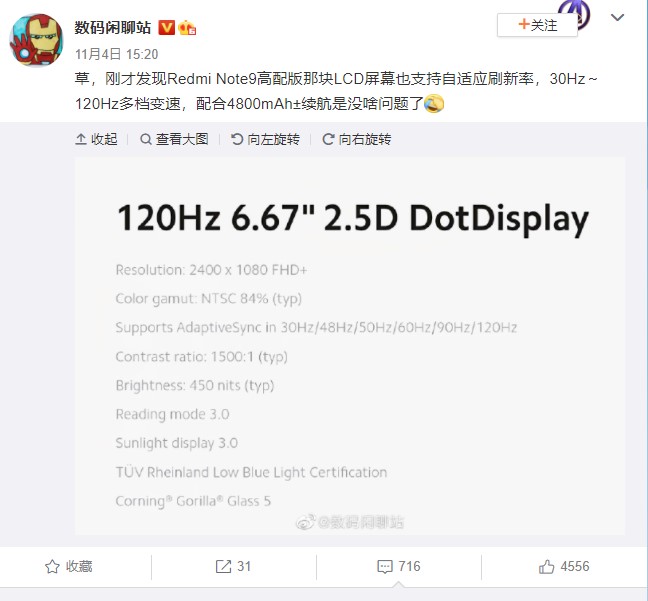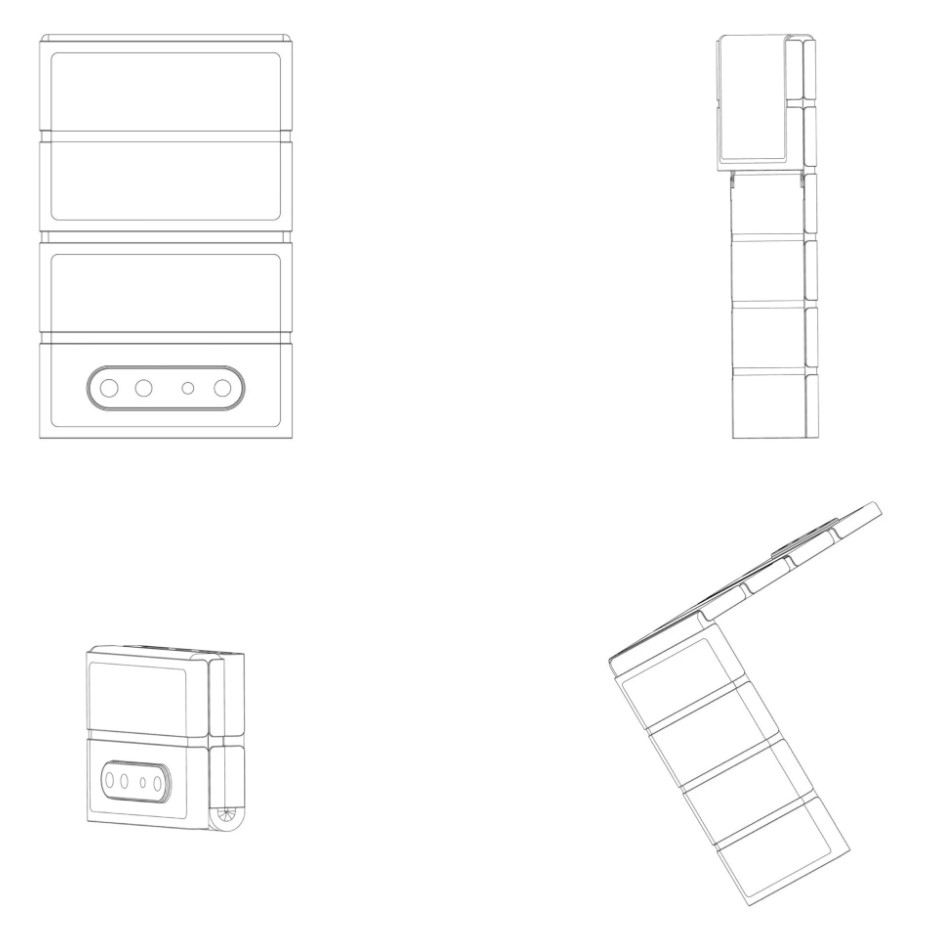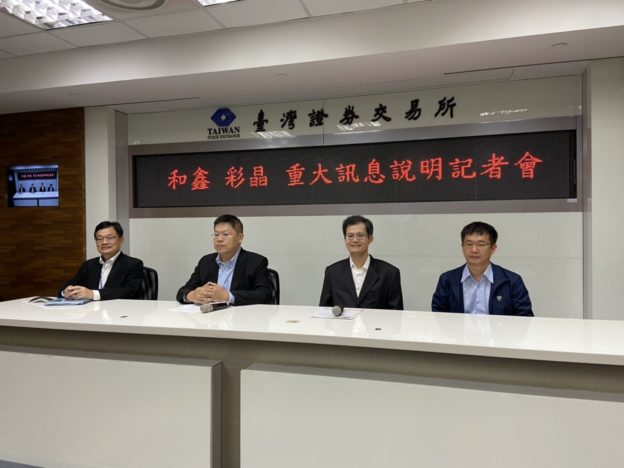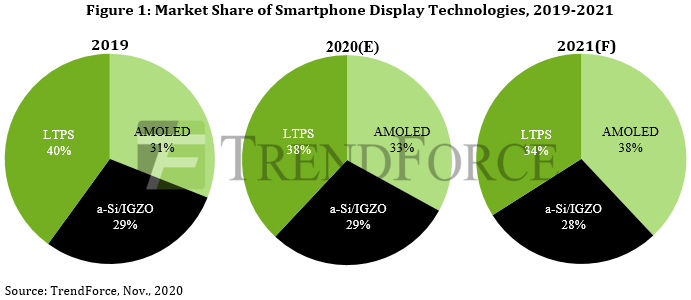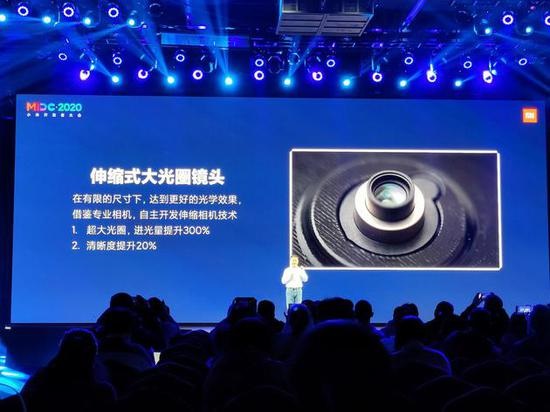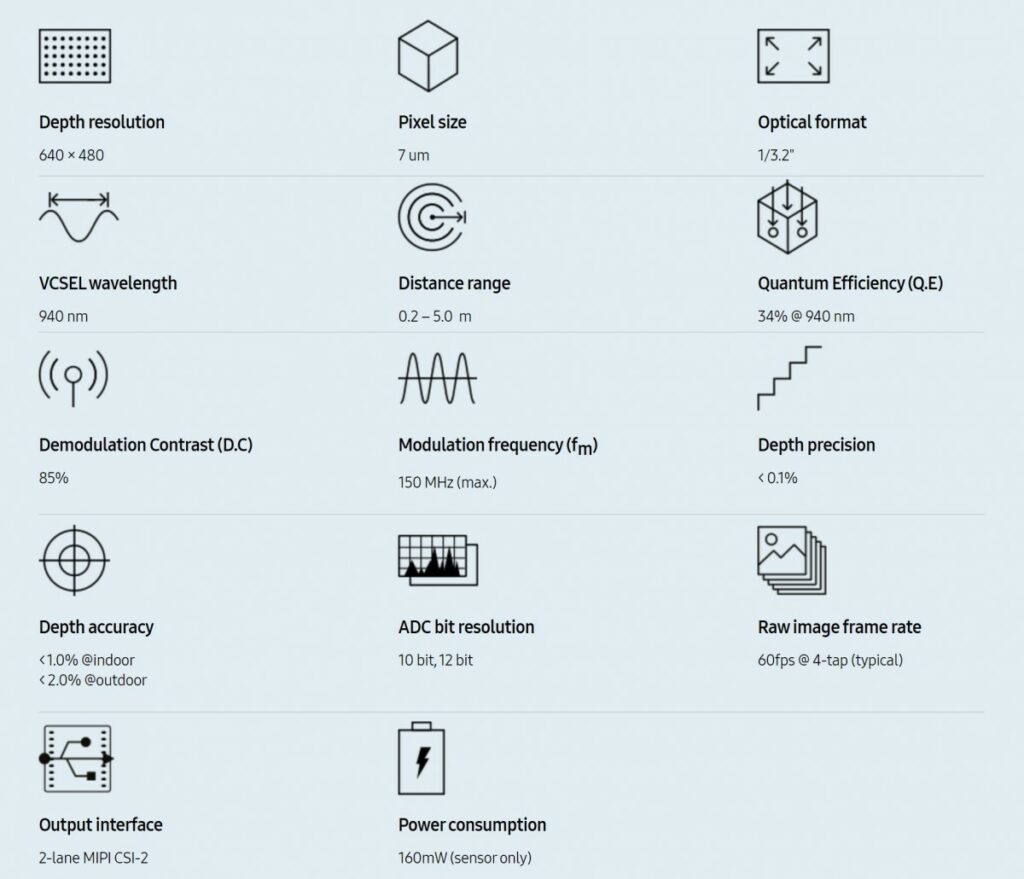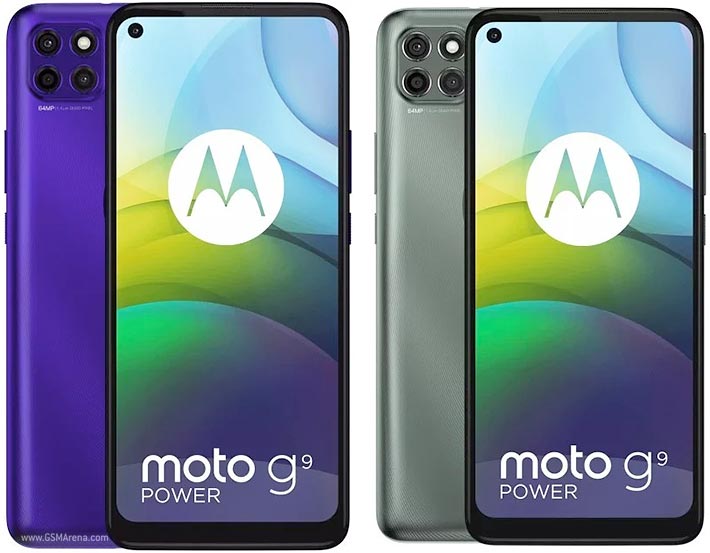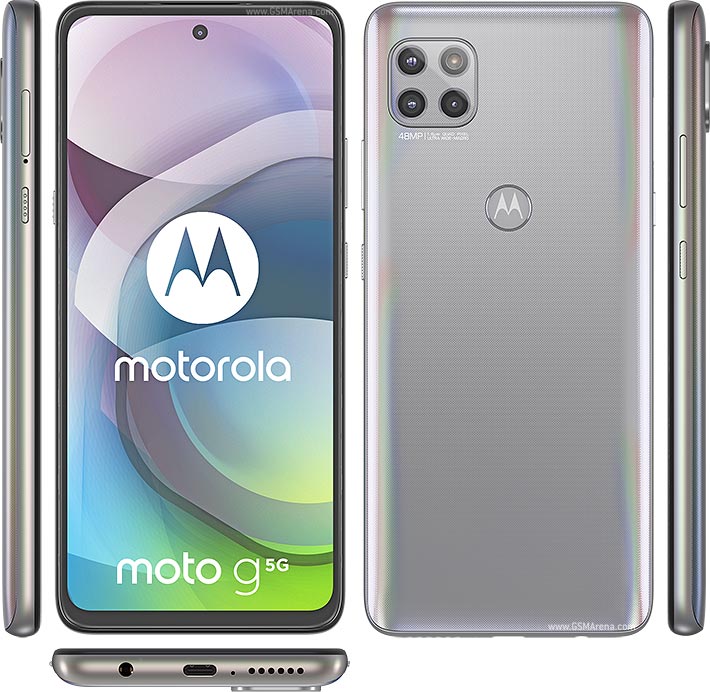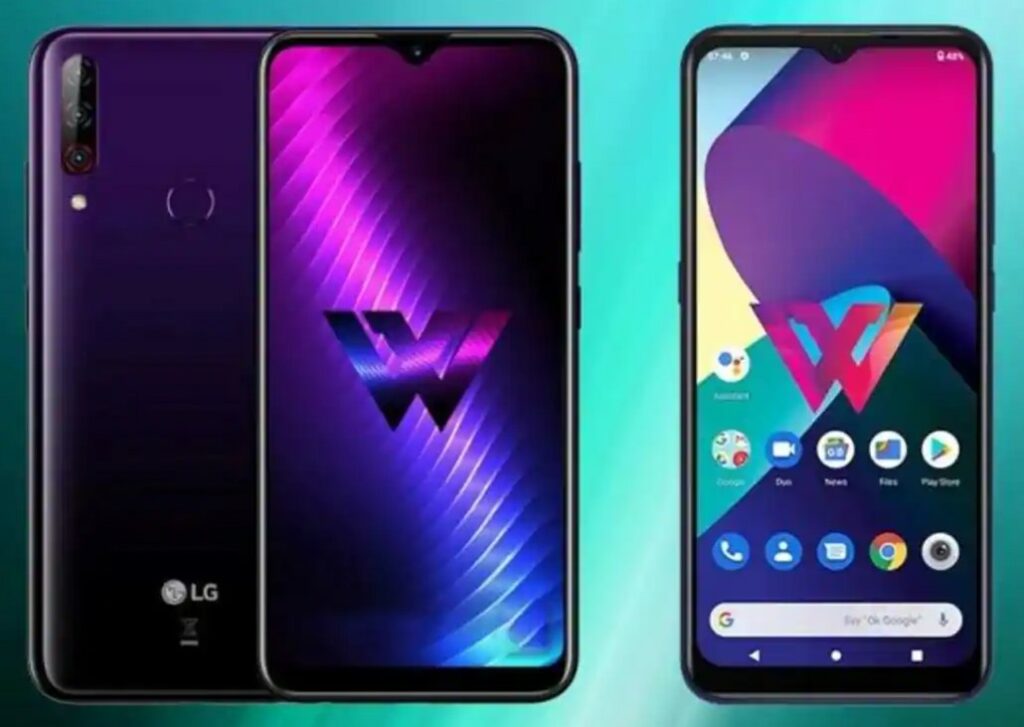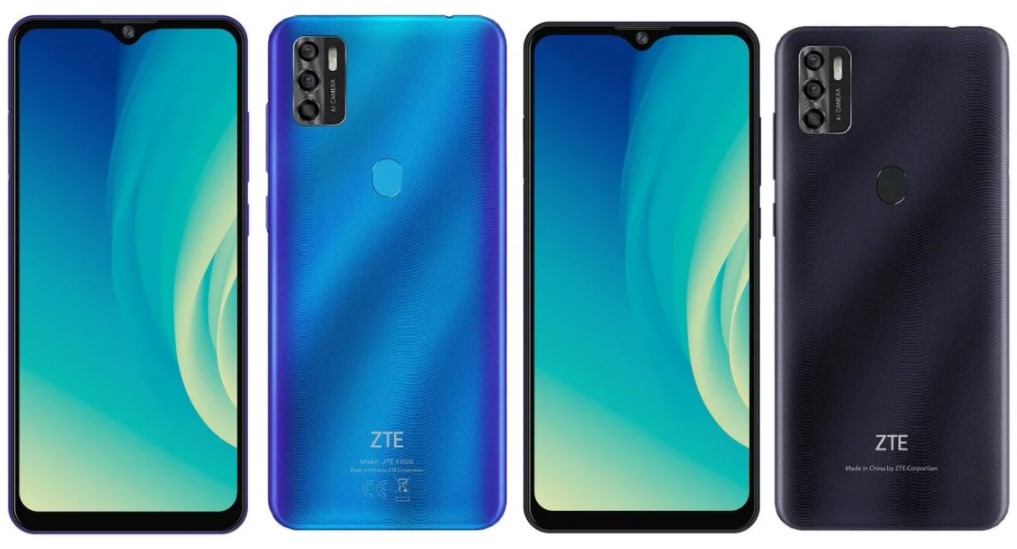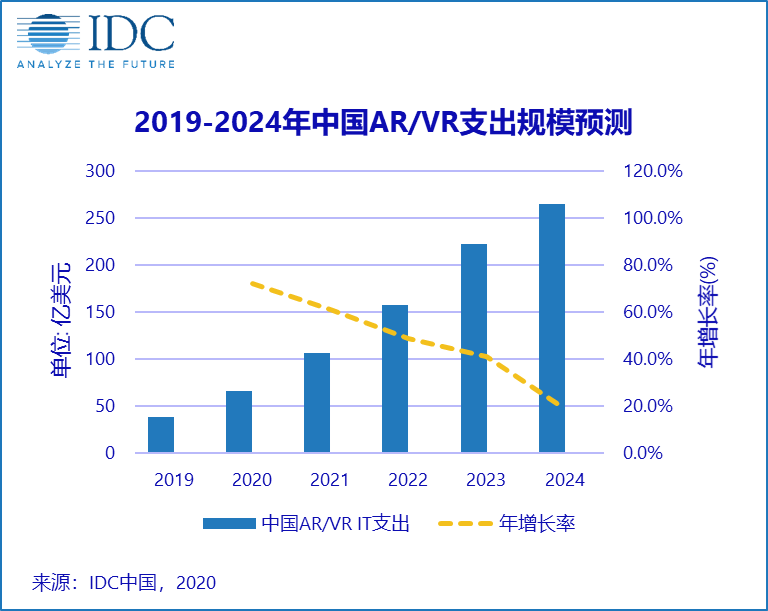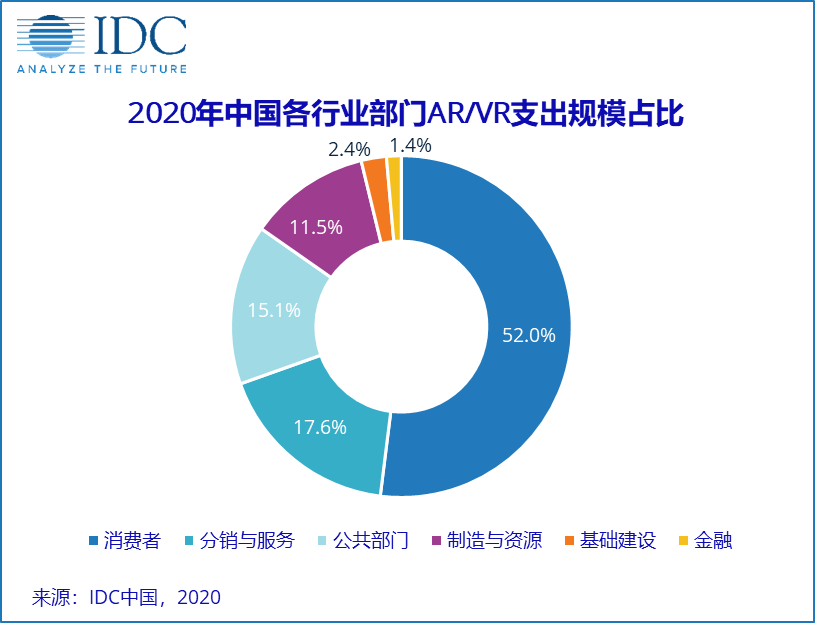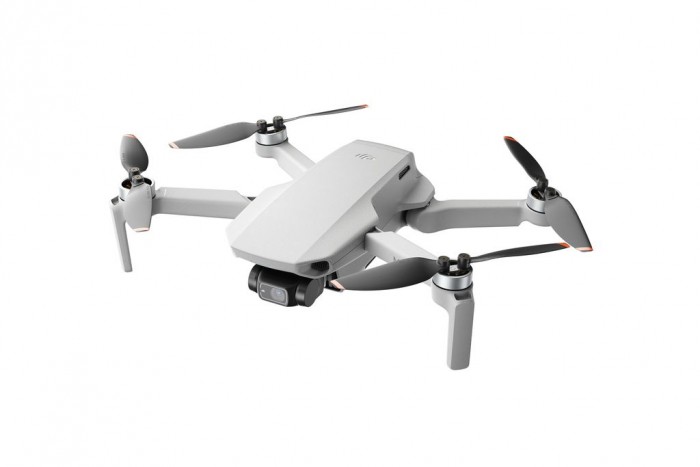
11-7 #Nightmares: Qualcomm has applied for a license to supply chipsets to Huawei but has not been granted yet; Redmi could soon debut a new phone with a 120Hz display; Xiaomi has revealed a new camera technology; etc.
Apple is planning on making about 2.5M MacBook laptops powered by its in-house CPUs Apple Silicon by Feb 2021. Apple has asked its suppliers to produce the amount and is looking to rapidly shift away from its reliance on Intel processors. The figure amounts to about 20% of the total MacBook shipments from 2019, which had a total of 12.6M units being shipped. (Asia Nikkei, Gizmo China, CN Beta)
Apple is reportedly grappling with a shortage of vital chips that manage power consumption in iPhones and other devices. Apple has multiple power-management chip suppliers. The iPhone 12 Pro uses a component from Texas Instruments to control power to the camera system, along with a similar chip from STMicroelectronics and one from Qualcomm for the 5G modem. In 2018, Apple acquired technology and other assets from Dialog Semiconductor for USD600M to build its own power-management chips. (Bloomberg, Apple Insider)
Qualcomm’s CEO Steven Mollenkopf has confirmed that the company has applied for a license to supply chipsets to Huawei but has not been granted yet. (Gizmo China, Sina, 163)
Qualcomm has confirmed that the company has received a one-time payment of USD1.8B from Huawei. Qualcomm’s sales also increased by 35% over the same period in 2019. In July 2020, Qualcomm stated that its settlement and patent agreement with Huawei will generate approximately USD1.8B in revenue, which will be confirmed in its 4Q20 fiscal quarter. (IT Home, Gizmo China, CN Beta, Mac Rumors)
Redmi could soon debut a new phone with a 120Hz display. The screen will apparently support Adaptive Sync, with the ability to scale between 30Hz and 120Hz. The phones are expected to launch later in Nov 2020. (Android Authority, Weibo, Android Central, Sina)
OPPO has filed 4 different patents with the Japan Patent Office (JPO) that showcases smartphones that can fold multiple times sporting a unique block structure. (Android Authority, Japan Patent Office, Gizmo China)
BOE’s Wuhan Gen-10.5 TFT-LCD production line is currently ramping up production capacity according to the established plan and is expected to achieve full production in 1Q21. The Gen-6 flexible AMOLED production line in Chengdu and the Gen-6 flexible AMOLED production line in Mianyang are in mass production; the Gen-6 flexible AMOLED production line project in Chongqing is under construction as planned and is expected to be put into operation in 2021. (Laoyaoba, CINIC)
LCD panel maker HannStar Display has disclosed it will buy part of a factory building and facilities from affiliated HannsTouch Solution at NTD2.77B (USD95.5M) for setting up mini / micro LED production lines. HannStar has been working with equipment and material suppliers in preparation for making mini LED-backlit panels for use in wearable devices, tablets, notebooks and automotive displays. (Digitimes, press, OfWeek)
According to TrendForce, the market share of AMOLED phones for 2020 is expected to reach 33%, a 2% increase YoY, thanks to the release of Apple’s new iPhone 12 models in 2H20. LTPS LCD smartphones are likewise undergoing sluggish demand in 2020; their market share is projected to reach 38%, a 2% decrease YoY. On the other hand, the majority of smartphone market demand has reemerged for the entry-level and mid-range segments, thereby lending support to the demand for a-Si LCD smartphones, some of which are now in short supply. The market share of smartphones with a-Si displays is estimated to reach 29% in 2020, remaining relatively unchanged from 2019. (Laoyaoba, TrendForce, TrendForce)
Xiaomi’s VP, and president of the mobile phone department Zeng Xuezhong has revealed a new camera technology that borrows from the design of professional cameras to achieve better optics in a limited size. The technology allows 300% more light to enter the large aperture and introduces new anti-shake technology for more stable images and 20% better clarity. The technology has now been miniaturized and can be used in mobile phones, which will be available to users in the near future. (CN Beta, CN Techpost, GizChina)
Samsung’s new ISOCELL Vizion 33D is a Time of Flight (ToF) 3D sensor that can provide accurate distance data and track fast-moving objects for the purposes of faster autofocus and video bokeh. The sensor produces depth maps with 640×480 resolution. It can measure distances as between 0.2m and all the way to 5m (16ft) with 10 or 12-bit resolution. It can go up to 120 fps for low-latency tracking. (Gizmo China, GSM Arena, Samsung)
TF International Securities analyst Ming-Chi Kuo has indicated that Apple’s iPhone lineup in 2021, tentatively dubbed “iPhone 13”, would have some positive shipment predictions based on a number of factors: 1. Higher 5G penetration; 2. Mass production and release time back to normal; 3. Specifications and appearance are upgraded. He predicts that the new iPhone in 2H21 will also have 4 models and the same size as the iPhone 12 series, and the 2 high-end ultra-wide-angle cameras will be significantly upgraded to f/1.8, 6P and autofocus (AF, Autofocus). (TF Securities, My Drivers, CN Beta, GizChina, GSM Arena, Mac Rumors)
Xi’an UniIC Semiconductors has released GDDR6 memory controller and physical interface IP (GDDR6 MC/PHY IP) in 12nm process. The company has made DDR memory chips before, as well as NAND flash memory. It is the first time to launch video memory-related IP chips. The process technology uses Globalfoundries’ 12nm LP low The power consumption process is also the GDDR6 memory controller and physical interface IP (GDDR6 MC/PHY IP), which can be understood as the main control chip of GDDR6 memory. (My Drivers, TechRoomage, CN Beta)
SK Hynix Lee Seok-Hee has indicated that the company aims to triple its NAND flash sales in the next 5 years with the acquisition of Intel’s non-volatile memory business unit. The company will secure self-sustainable business strength in NAND within the next 3 years. (YNA, Laoyaoba, The Elec)
The U.S. International Trade Commission (ITC) has recently decided to make a final ruling on a patent suit filed by SK Innovation against LG Chem on 30 Nov 2021. In the lawsuit, SK Innovation claims that LG Chem violated its patented battery technology. Prior to the final verdict, a hearing will be held in Mar 2021 to allow the litigants to make their own arguments and counterarguments. The ITC will present its initial determination on 30 Jul 2021. (Pulse News, Laoyaoba, Business Korea, Korea Herald)
As new component shortages add to previous coronavirus-related production delays for the 5G iPhone 12 range, Apple has allegedly ordered more than 20M of the iPhone 11, iPhone SE, and iPhone XR (but not the iPhone 11 Pro or iPhone 11 Pro Max) in Oct-Dec 2020. (Apple Insider, Asia Nikkei)
Huawei nova 8 SE is announced in China – 6.53” 1080×2400 FHD+ OLED u-notch, MediaTek Dimensity 720 / 800U, rear quad 64MP-8MP ultrawide-2MP macro-2MP depth + front 16MP, 8+128GB, Android 10.0, fingerprint on display, 3800mAh 66W (7.46mm thick), CNY2,599 (USD391) / CNY2,699 (USD406). (Gizmo China, Huawei, My Drivers)
Moto G9 Power is announced – 6.78” 720×1640 HD+ IPS LCD HiD, Qualcomm Snapdragon 662, rear tri 64MP-8MP ultrawide-2MP depth + front 16MP, 4+128GB, Android 10.0, rear fingerprint scanner, 6000mAh 20W, EUR200. (GSM Arena, TechRadar, Android Authority)
Moto G 5G is announced – 6.7” 1080×2400 FHD+ LPTS LCD HiD, Qualcomm Snapdragon 750G, rear tri 48MP-8MP ultrawide-2MP macro + front 16MP, 4+64 / 6+128GB, Android 10.0, rear fingerprint scanner, 5000mAh 20W, from EUR300. (Gizmo China, GSM Arena)
Samsung Galaxy M21s is announced in Brazil – 6.4” 1080×2340 FHD+ Super AMOLED u-notch, Samsung Exynos 9611, rear tri 64MP-8MP ultrawide-5MP depth + front 32MP, 4+64GB, Android 10.0, rear fingerprint scanner, 6000mAh 15W (8.9mm), BRL1,529 (USD275). (Android Headlines, GSM Arena, Samsung)
LG W11, W31, and W31+ launched in India: W11 – 6.517” 720×1600 HD+ IPS LCD v-notch, MediaTek Helio P22, rear 13MP-2MP ultrawide + front 8MP, 3+32GB, Android 10.0, rear fingerprint, 4000mAh, INR9,490 (USD128). W31 – 6.517” 720×1600 HD+ IPS LCD v-notch, MediaTek Helio P22, rear tri 13MP-2MP depth-5MP ultrawide + front 8MP, 4+64GB, Android 10.0, rear fingerprint, 4000mAh, INR10,990 (USD148). W31+ – 6.517” 720×1600 HD+ IPS LCD v-notch, MediaTek Helio P22, rear tri 13MP-2MP depth-5MP ultrawide + front 8MP, 4+128GB, Android 10.0, rear fingerprint, 4000mAh, INR11,990 (USD162). (GSM Arena, GizChina, India Today)
ZTE Blade A7s (2020) is official in Germany – 6.49” 720×1560 HD+ TFT v-notch, UNISOC SC9863A, rear tri 16MP-8MP ultrawide-2MP depth + front 8MP, 3+64GB, Android 10.0, rear fingerprint, 4000mAh 10W, EUR149 (USD176). (Gizmo China, Amazon)
IDC predicts that the scale of global spending on the AR/VR market will reach USD12.07B in 2020, a YoY increase of 43.8%. In the long run, IDC is optimistic about the global market. The total global expenditure scale will reach a compound annual growth rate (CAGR) of 54.0% during 2020-2024. In 2020, the total spending on AR/VR-related products and services in the Chinese market accounted for more than half of the global market share (approximately 55%), a significant increase from before the epidemic. (Laoyaoba, IDC)
Xiaomi has launched a new IoT Software Platform called “Xiaomi Vela”. Xiaomi aims to bring all the fragmented AIoT (Internet of Things) technologies under one roof. Xiaomi Vela is an IoT Software platform based on Open Source Embedded Operating System NuttX. It mainly has three parts/layers: 1) Bottom Layer- NuttX Kernel; 2) Developer Tools; and 3) Upper Layer- Vela Application Framework. (Gizmo China, IT Home, Sina, CN Beta)
DJI Mini 2 goes official and priced at USD449. It features 1/2.3” 12MP camera, capable of record 4K at 30fps at a 100Mbps bit rate. It offers support for 4X zoom, where 2X zoom is lossless. It weighs only 249g. With the company’s OcuSync 2.0 transmission technology, the supported maximum distance is 10km. (Gizmo China, The Verge, CN Beta, DJI, DP Review)


